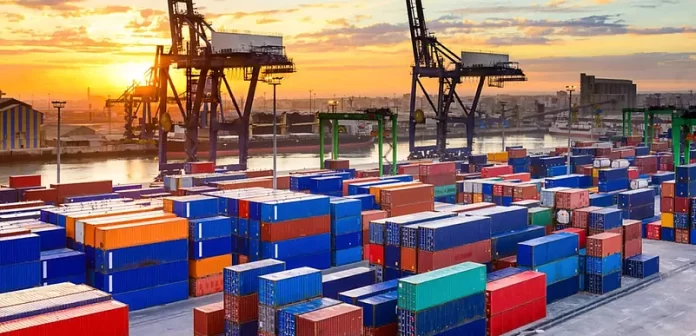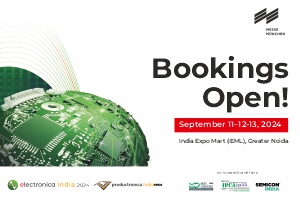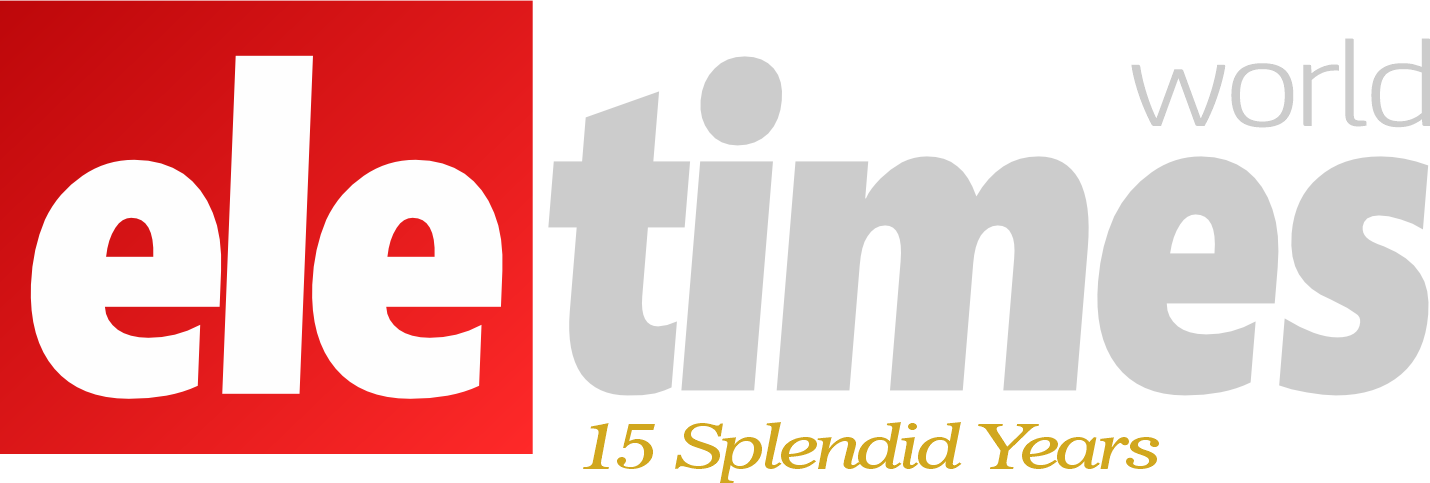India has provisionally retained tariff-free access to the U.S. for select electronics exports—including servers, laptops, and smartphones—due to an ongoing Section 232 national security investigation. While Washington has imposed broad 25% reciprocal duties on most Indian goods starting August 7, 2025, these electronics remain exempt for now, offering India a notable competitive advantage in the U.S. market.
Industry Reaction and Strategic Timing
The U.S. directive imposing tariffs is scheduled to take effect on August 7, 2025. India exports shall, however, remain unaffected for now because Section 232 is under review. Hence, the U.S. continues to facilitate duty-free exports of smartphones, computers, servers, and several other tech goods.
The move has been hailed by the industry organizations and analysts, who also compare that China faces effective duties of up to 30% on similar electronics exports to the U.S, while India (that is alongside Vietnam and Taiwan) continues to enjoy the zero tariffs, thus making their electronics at times 20 percent cheaper to compete with in the U.S. Market.
Increased Exports and Mid-Term Prospects
Electronics exports of India have been on a fast track; from around $8.4 billion in FY19 to $23.6 billion in Electronics exports have been growing rapidly in India: Whereas exports stood at around $8.38 billion in FY19, they touched $23.61 billion in FY23, with mobile-phone exports now accounting for more than half of total exports. Assembling of iPhones in India constitutes a significant piece of the pie.
Most Indian exports will face a 25% tariff starting August 7, 2025, with electronics temporarily exempt under Section 232 review. All Indian exports now face a 25% tariff starting August 7, barring electronic items. The tariff relates to Washington’s concerns concerning Indian trade barriers and India’s ongoing defense and energy ties with Russia.
Experts warn that should the Section 232 exemption be lifted, the Indian electronics exports would face sudden cost pressure, particularly in the American market. Practically, the move may curtail Apple’s plans to scale up India-based production of iPhones and thereby fast-track changes in global supply chains.
Government & Industry Positioning
Top trade officials emphasize that Section 232 continues to be reviewed, keeping India in a temporary window to consolidate export momentum.
The Commerce Ministry reiterated that in the negotiations, it remains firm to protect national interests and whistles down all policy options to defend India’s exporters and MSMEs.
Industry associations such as ICEA stipulate low-duty reciprocal regimes on U.S. imports of electronics to keep both countries competitive U.S. tariffs are currently about 16.5% in India, while those in the U.S. are almost zero.
Conclusion:
India enjoys its present position in electronic exports due to a temporary but crucial tariff exemption. The next two weeks will determine if this carve-out will be Permanent under Section 232, or if Indian tech products will soon be faced with the harsh tariffs. Negotiations for a wider Bilateral Trade Agreement (BTA) could probably lay the ground for a more expanded solution by September 2025, which would highlight concerns for tariff reductions, digital-trade access, and regulatory fairness.
For now, Indian exporters have the advantage of a preferential footing but may have to be nimble enough in the coming months to adapt to the probable changes in U.S. trade policy.








